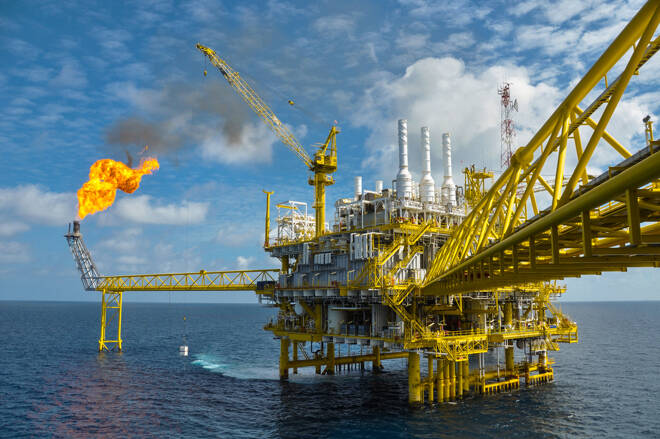Advertisement
Advertisement
Oil Slides As Trump Tests Positive For Coronavirus
By:
Oil tested the $37 level as traders fear that the second wave of coronavirus will put pressure on oil demand.
Oil Video 02.10.20.
Worries About The Impact Of Coronavirus Intensify As U.S. President Donald Trump Tests Positive For COVID-19
WTI oil continued its downside move after U.S. President Donald Trump reported that he and his wife had tested positive for coronavirus.
The news put significant pressure on the world markets which are worried that the situation may ultimately develop in a negative way, leading to turmoil ahead of U.S. presidential election.
The White House stated that Donald Trump was working from isolation. This statement calmed markets a bit, but oil remained under material pressure.
While this development created significant uncertainty ahead of U.S. election, it also reminded that the pandemic is far from over, and even the U.S. President can catch coronavirus.
In recent days, oil traders were worried about the prospect of a second wave of virus containment measures in Europe. At this point, no country followed Israel’s example, and no lockdowns were announced.
However, additional virus containment measures may put pressure on demand for oil even without nationwide lockdowns, and Trump’s positive test highlights this risk.
How Long Can OPEC Keep The Production Cut Deal?
Yesterday, we discussed the latest data which indicated that OPEC production increased by 160,000 barrels per day (bpd) in September.
OPEC’s exports also increased from 17.53 million bpd in August to 18.2 million bpd in September, so the organization put more oil to the world market at a time when demand recovery started to slow down.
If Libya’s production continues to recover and puts more pressure on oil prices, OPEC+ members may have more trouble reaching consensus about the pace of production cuts in the upcoming meetings.
Many OPEC+ countries face material budget shortfalls and would like to increase production to boost their oil revenues. For now, the fear of pushing oil prices below the $30 level has prevented them from cheating on production cuts. However, it remains to be seen how long the compliance will hold if oil prices decline and put additional pressure on budgets of oil producers.
For a look at all of today’s economic events, check out our economic calendar.
About the Author
Vladimir Zernovauthor
Vladimir is an independent trader and analyst with over 10 years of experience in the financial markets. He is a specialist in stocks, futures, Forex, indices, and commodities areas using long-term positional trading and swing trading.
Did you find this article useful?
Latest news and analysis
Advertisement
